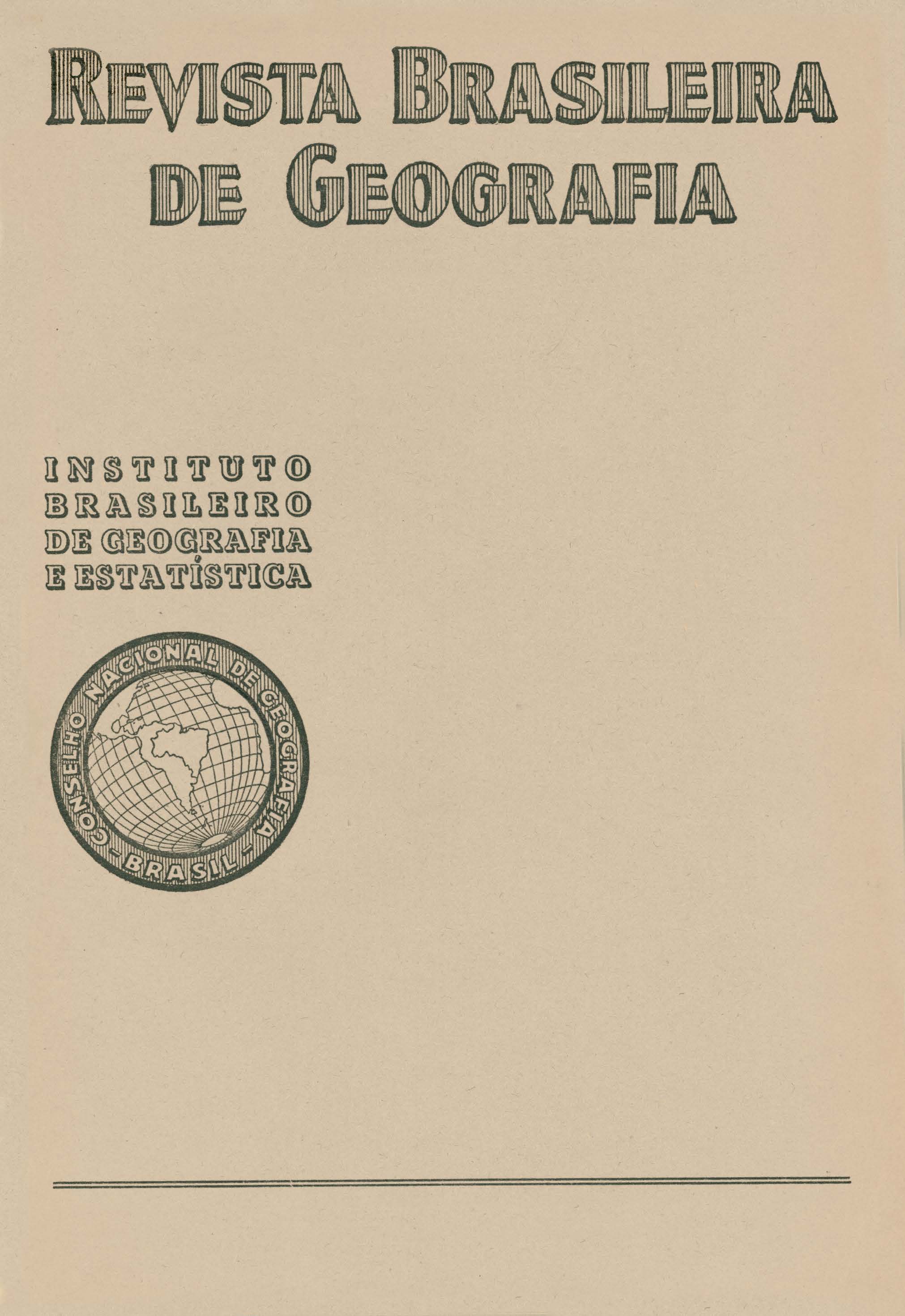Análises regionais
Keywords:
Geografia RegionalAbstract
Jorge Zarur, the author, who is the Assistant-Secretary of the National Council of Geography, brings out in this work the problem of the studies of Regional Analyses, a problem which is closely allied to modern geography.
From the beginning, h e appreciates that there are in vogue today two tendencies in geographical research. One of these considers the "region" as an indefinite and abstract thing, and the other considers it as a concrete fact, with definite attributes and real objectives.
The processes used by these two currents of thought when applied separately exclude each other, but when considered together, tend to complete each other. There are various definitions for "regions", and at each turn wide divergences are found in the authors that deal with the subject. At times, the authors invalidate each other with their definitions. One is able to collect the various definitions into three groups. In the first group, the author classifies different definitions found in dictionaries, which are usually inaccurate and vague; in the second group, regionalism is focalized as being a homogeneous complex of static elements in which the factors of differentiation are "hysical or human" characteristics; in the third group, the definitions interpret the region as being an area essentially constituted of real dynamic and interdependent physical and human elements.
He considers regional analyses of great economic, cultural, scientific and administrative usefulness and value. As for the method employed, the author says that the primary purpose of the regional analyses is of a local character and has for its purpose the investigation of the means of living of its inhabitants, the actual resources besides the soil, its relation to the nation as a whole. etc. Secondly, it should make known to the local government the regional problems, integrating those problems in to what the author calls the "National Synthesis".
Then he shows how a regional analysis should be made that will be presented by maps, graphs. and reports. They should show 1) population, its occupation and way of living, 2) factors that influence the regional economy, 3) direction of the desired readjustment or development, 4) programs and realizations. The areas for such experiments ought to be such that they are homogeneous from the economic and population view-point; whereas, the centers of urban population should be studied separately as they present other complex problems. This method ought to be applied in as extensive areas as possible, and have as· its objective verification of the material already existing gand then field work, to allow the observer to come in contact with the area and thus become better acquainted with the psychology and problems of its people.
The author says that no other country needs so much regional analyses as does Brazil, a country of great territorial extension, thinly populated and having a very weak economic development. He brings out the interest that the problem has. been awakening among the influential circles of the country, and the measures that have been taken emphasizing the work of the Brazilian Institute of Geography in encouraging in every way activities of this type, such as preparing technicians and dividing Brazil into zones and regions in order to study it better.
Concluding, he says that one should not consider regionalism as political segmentation, as is customary, but consider the problem from the other aspect as being an integration of environmental, economic and social factors of a public nature, forming an entity with special problems which ought to be known by the government.






